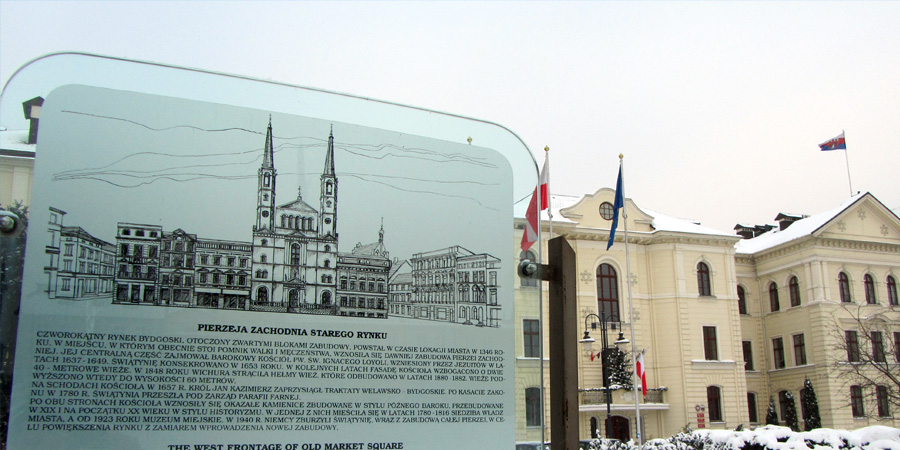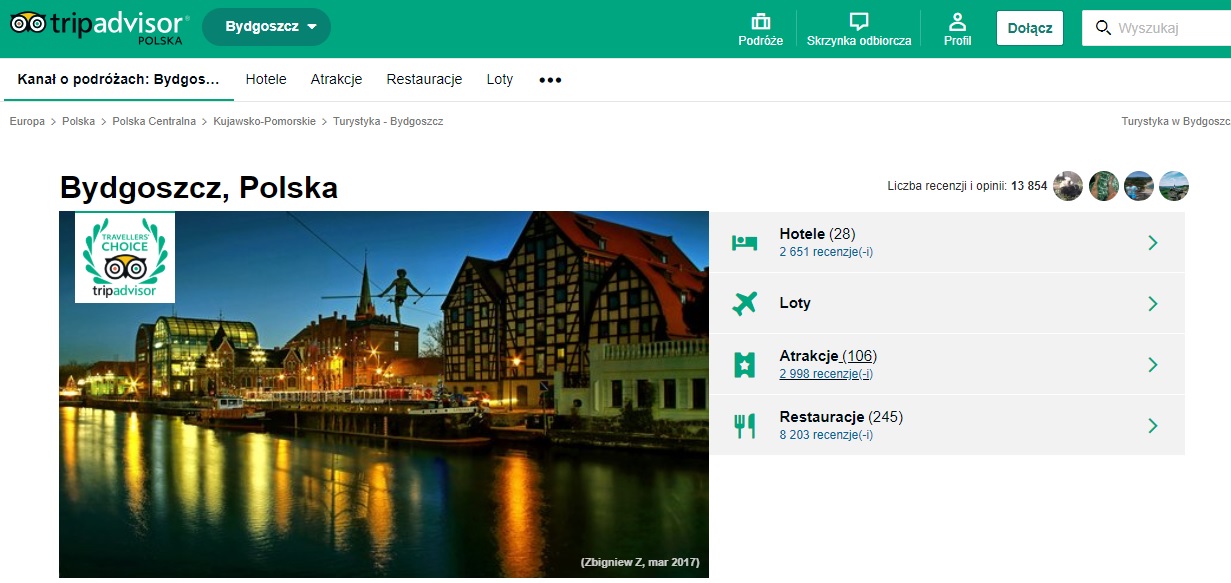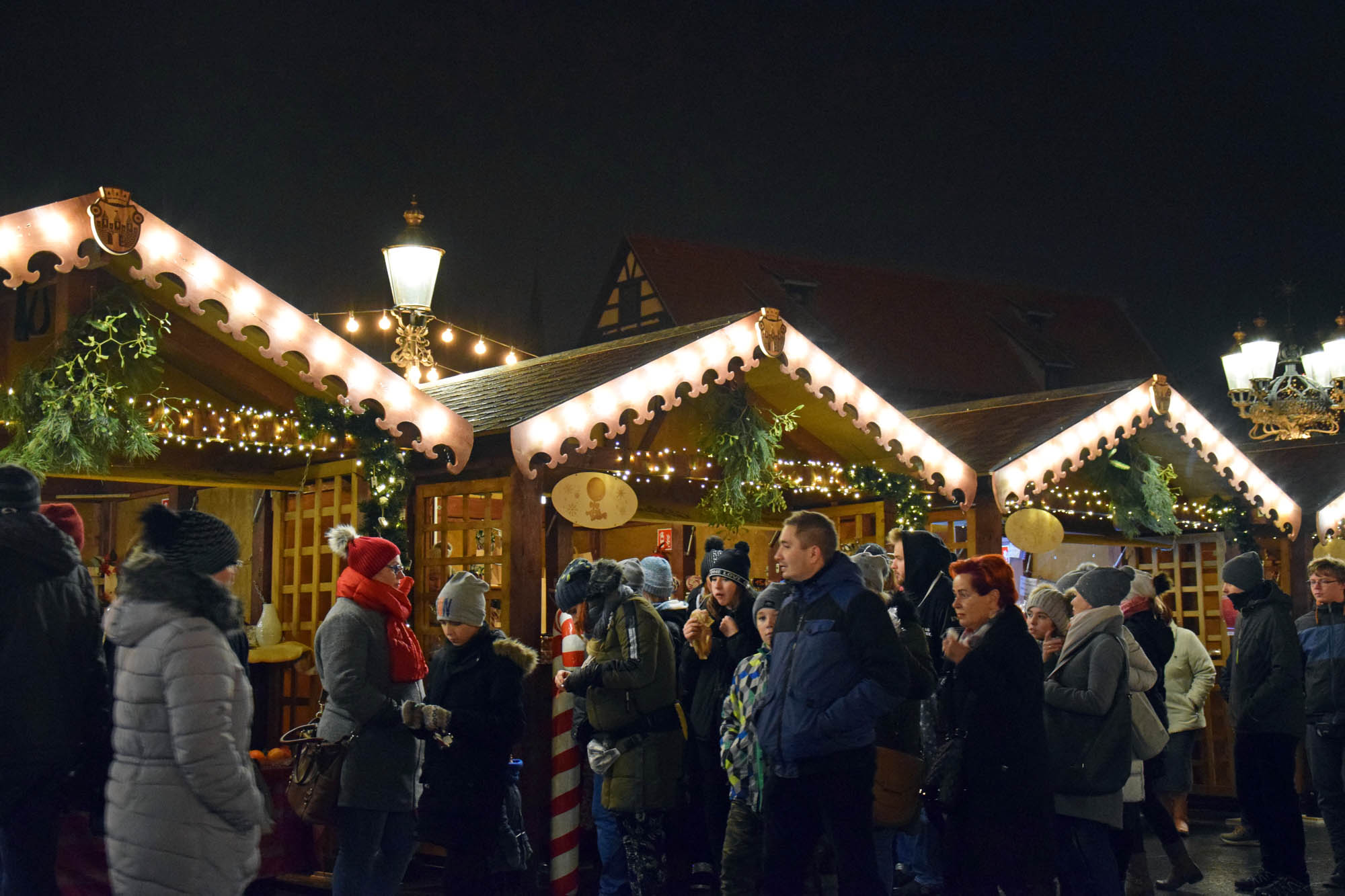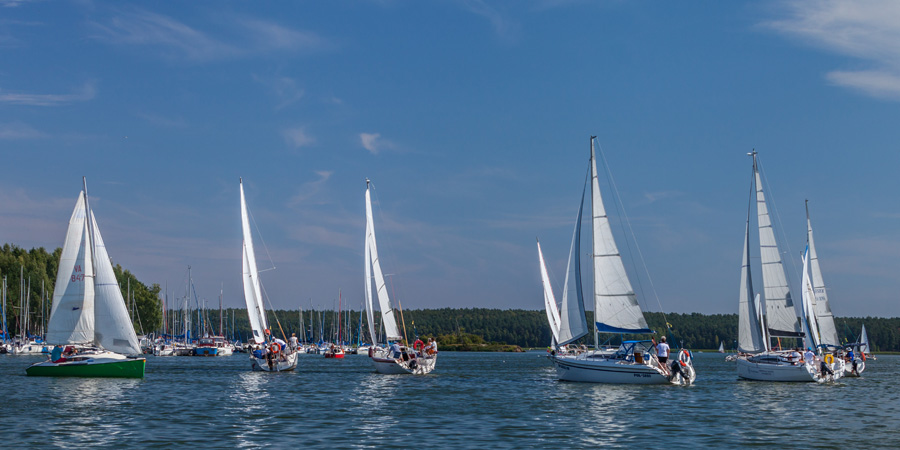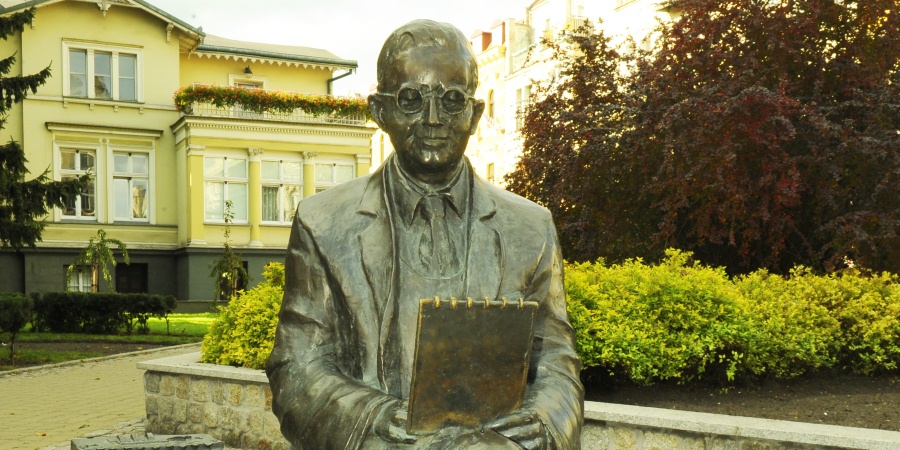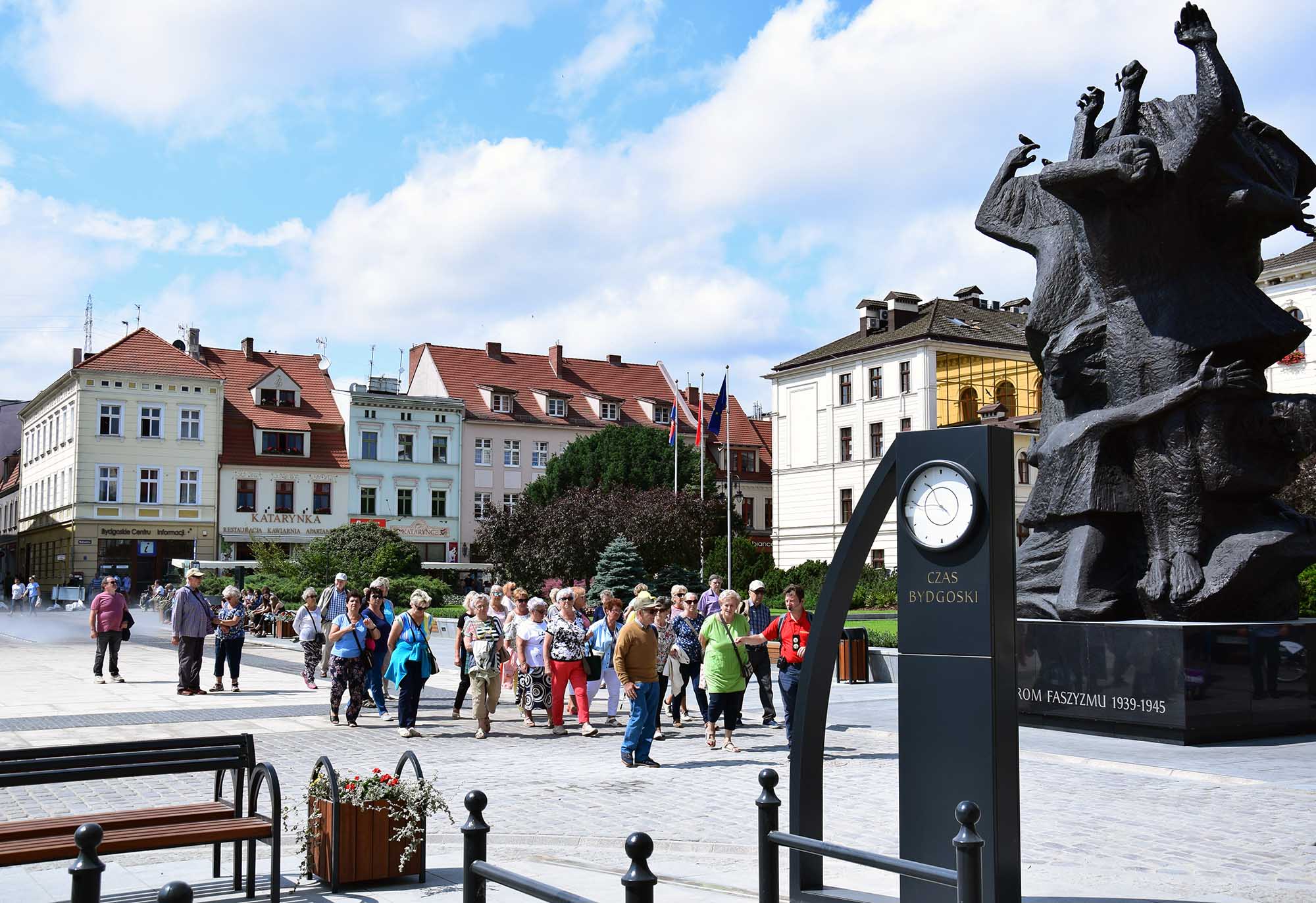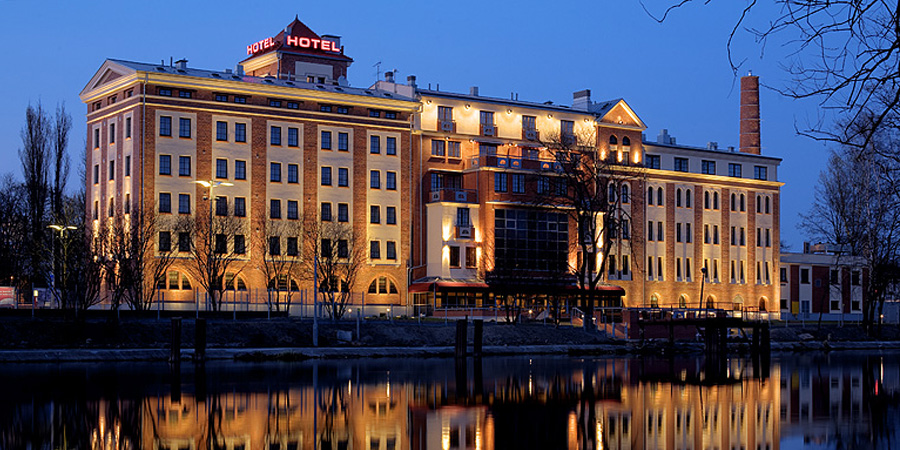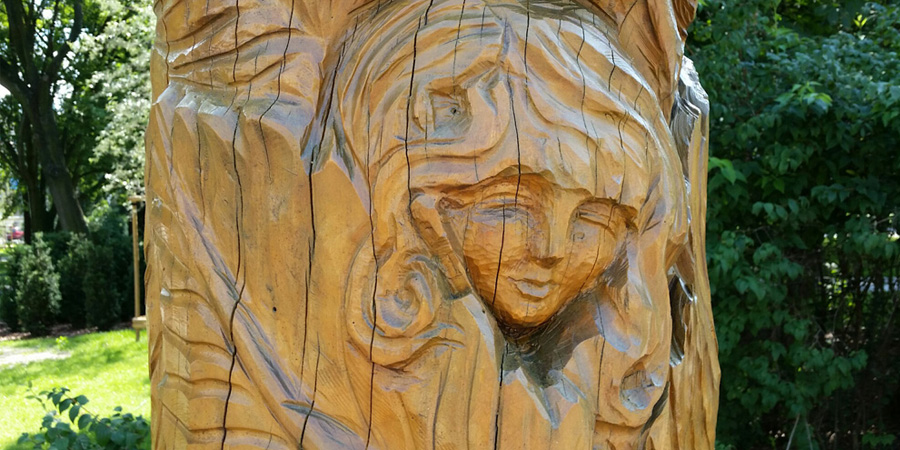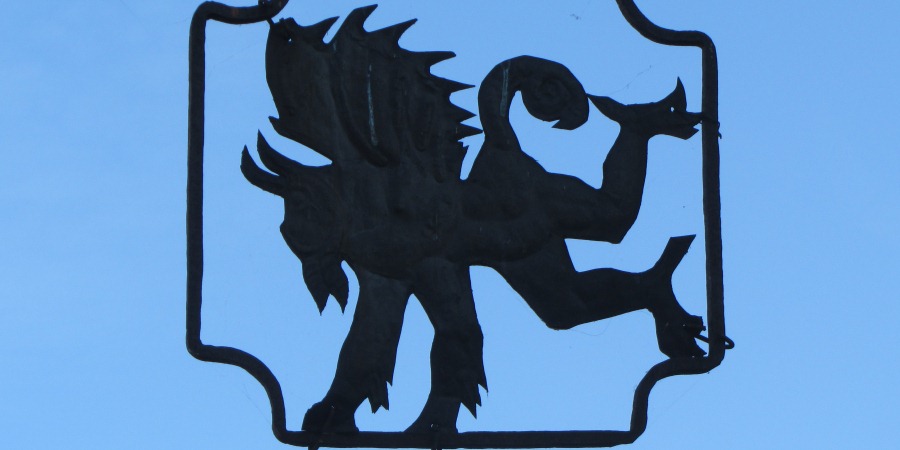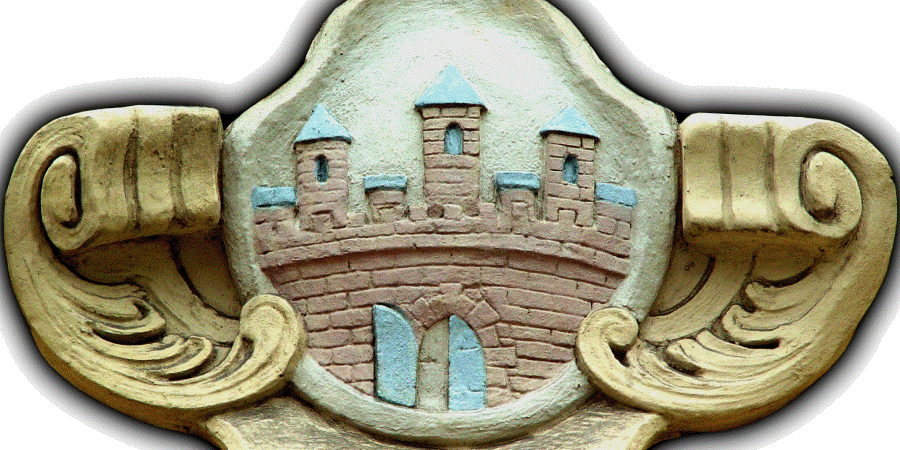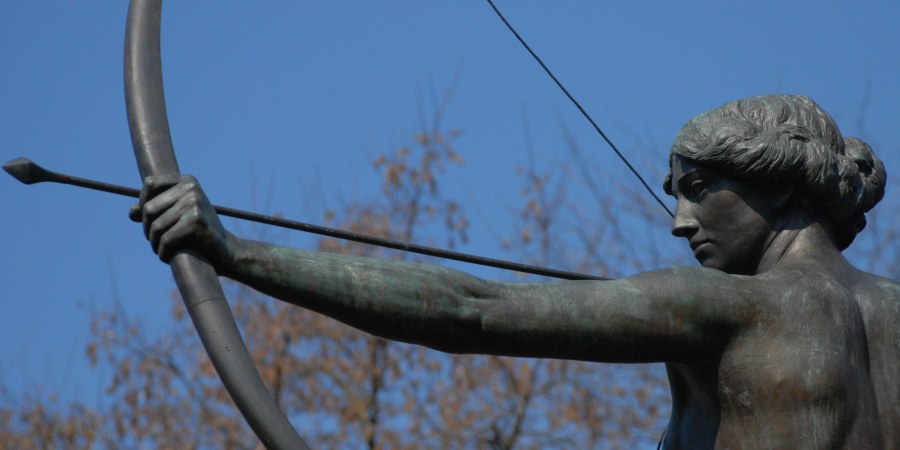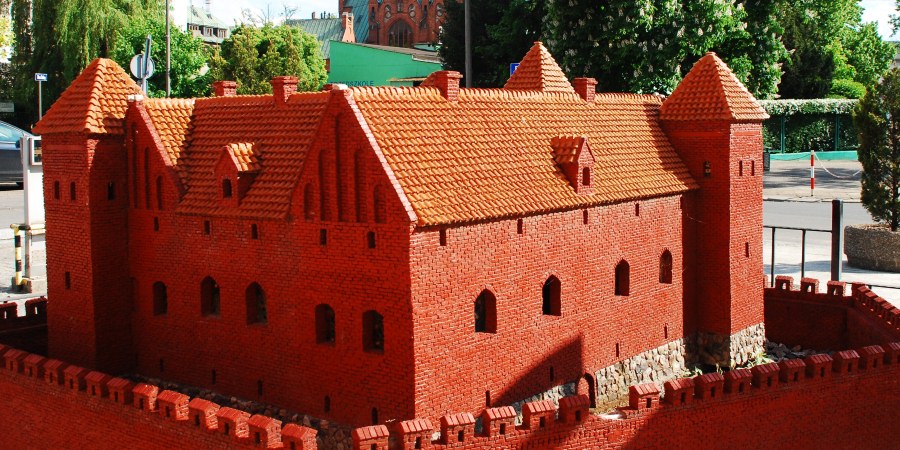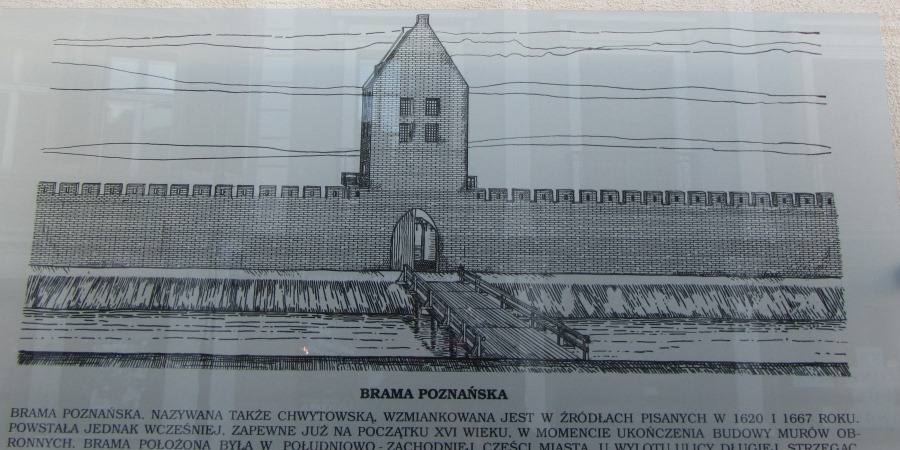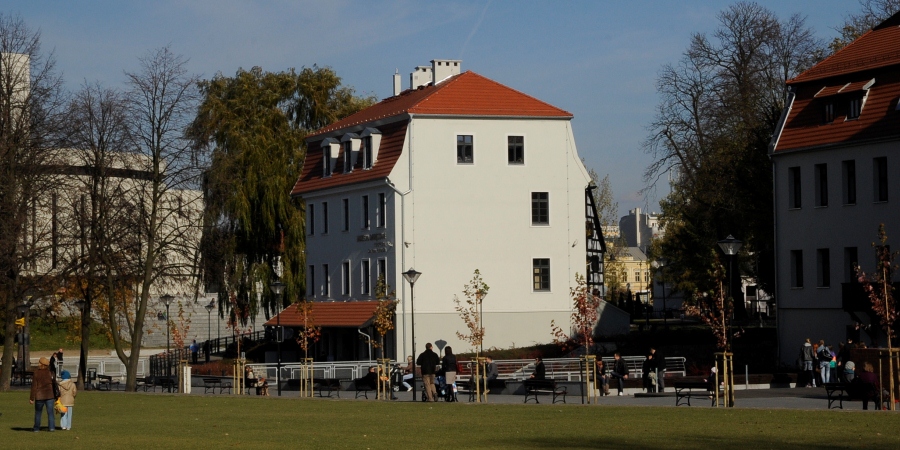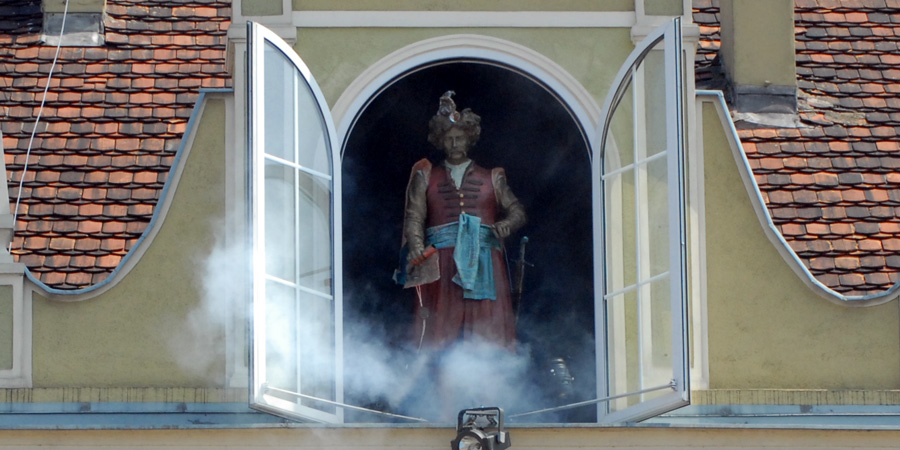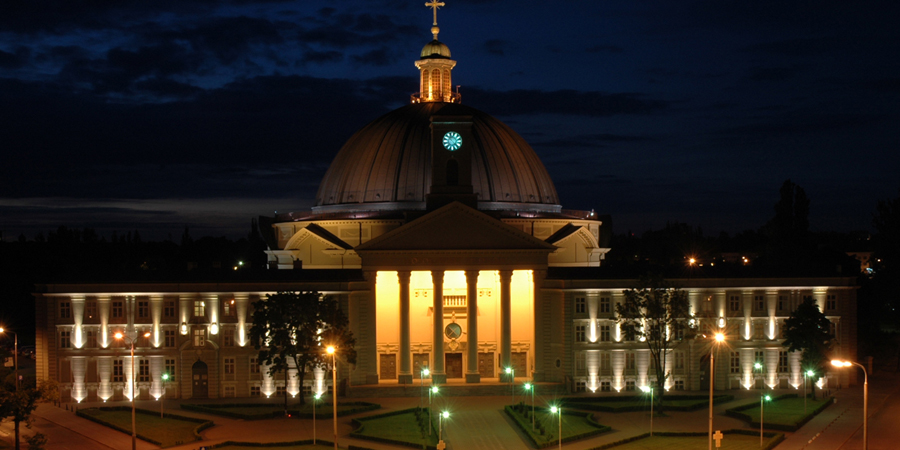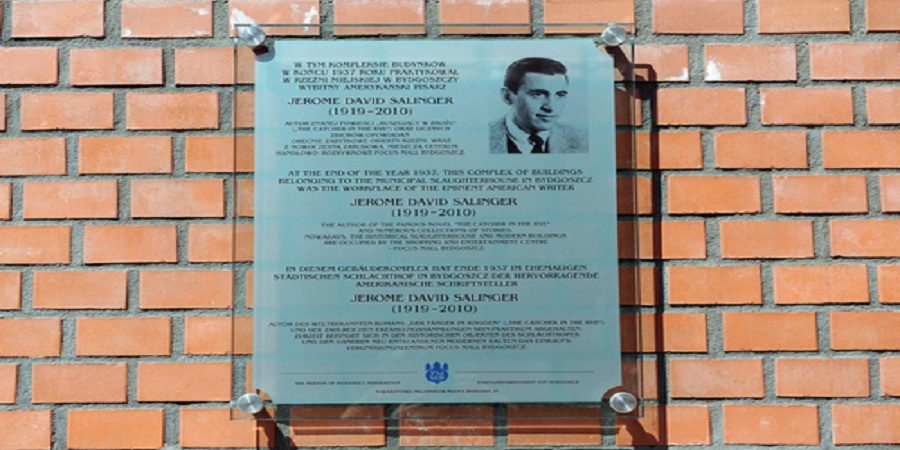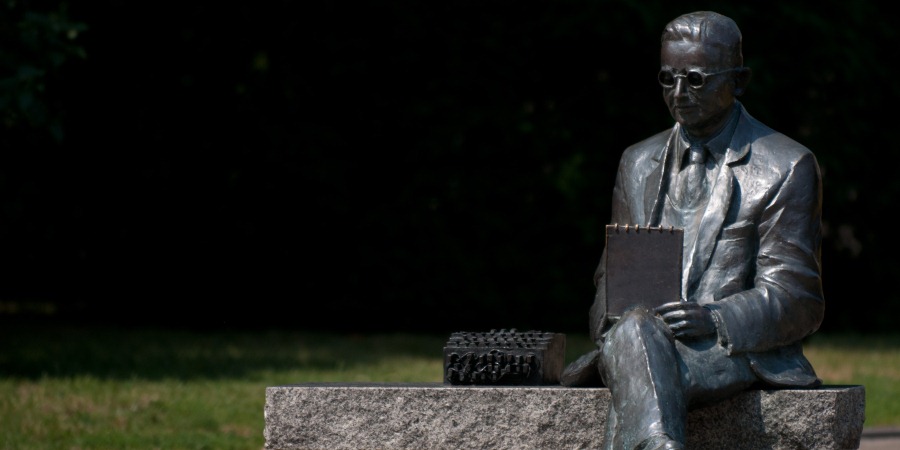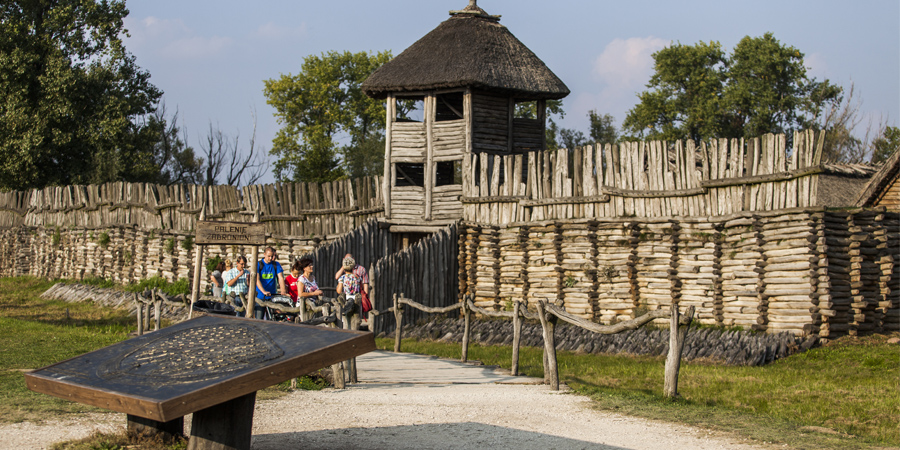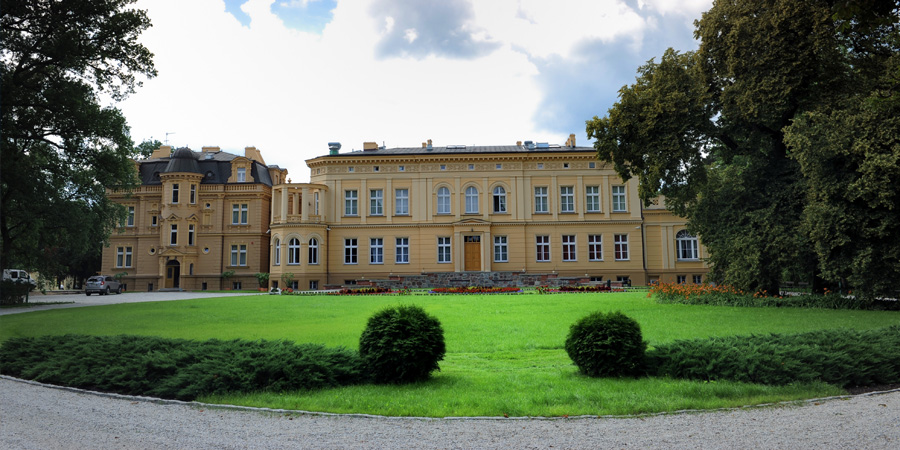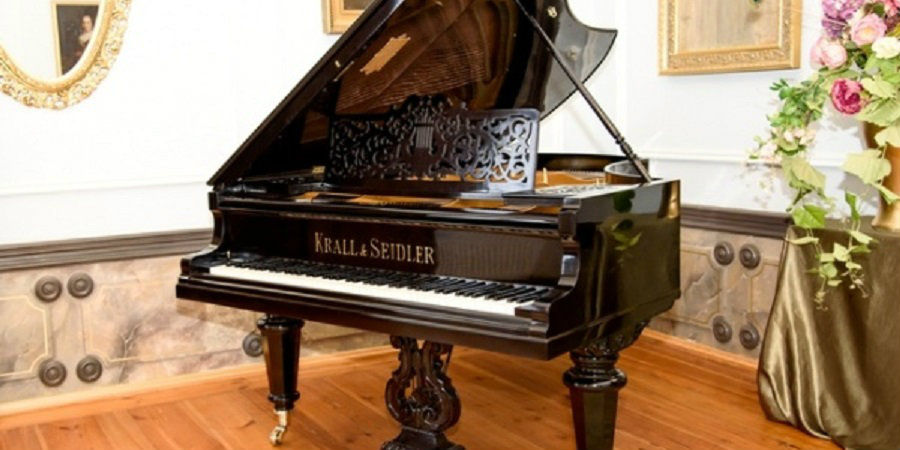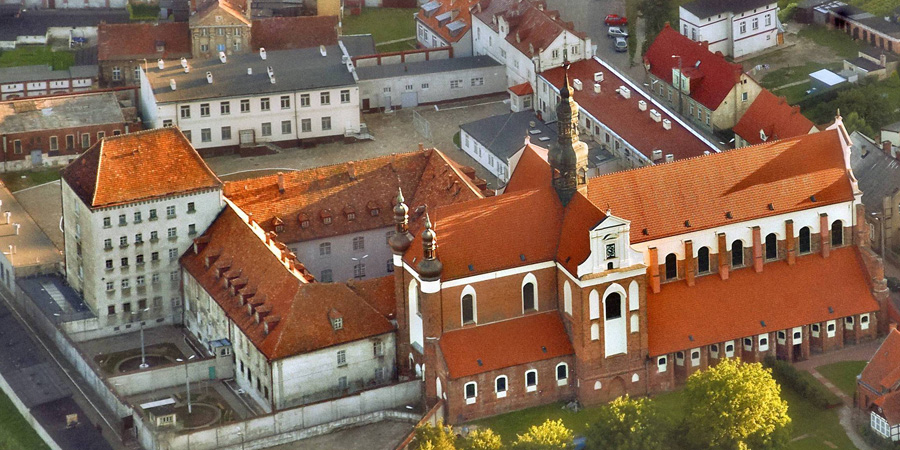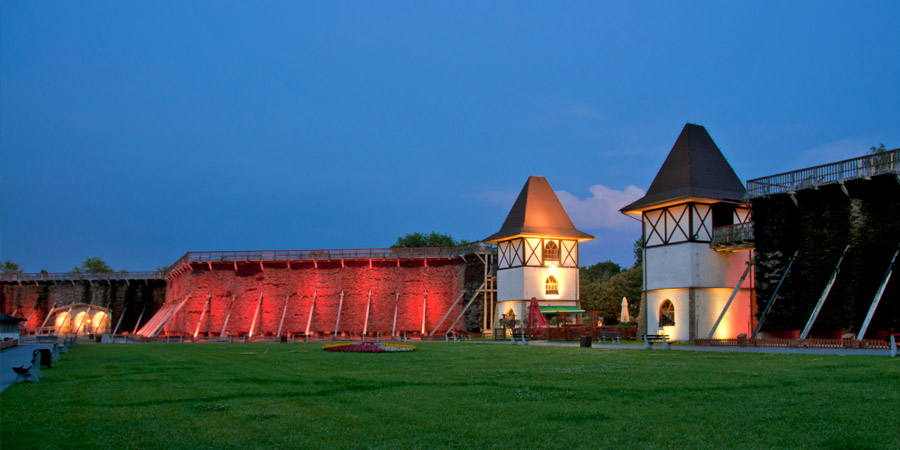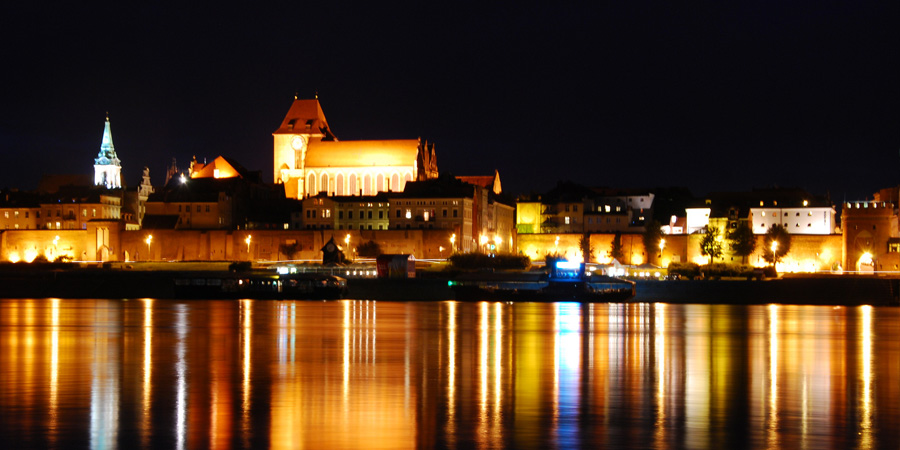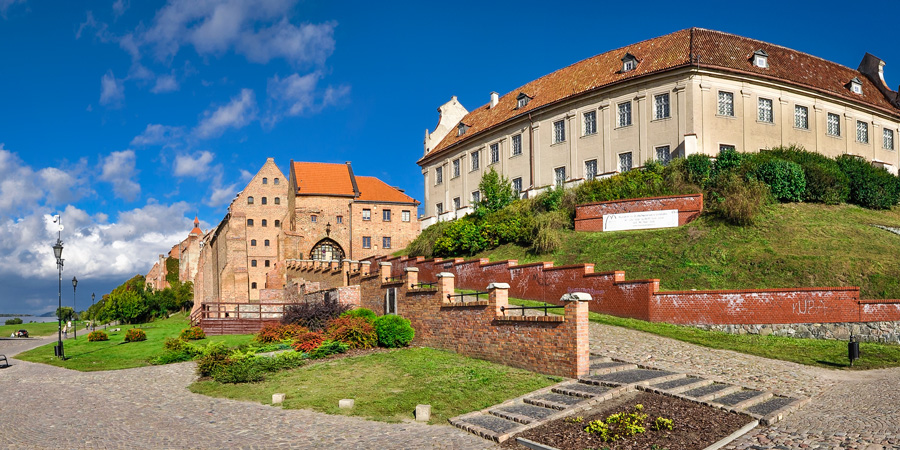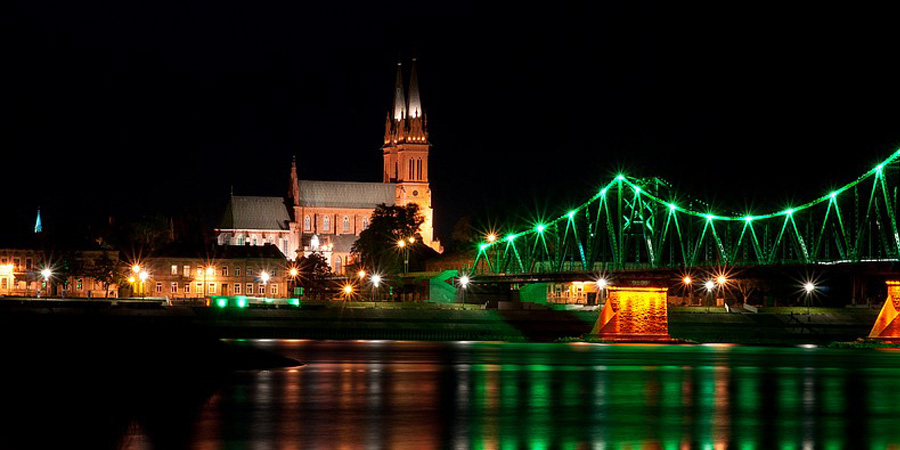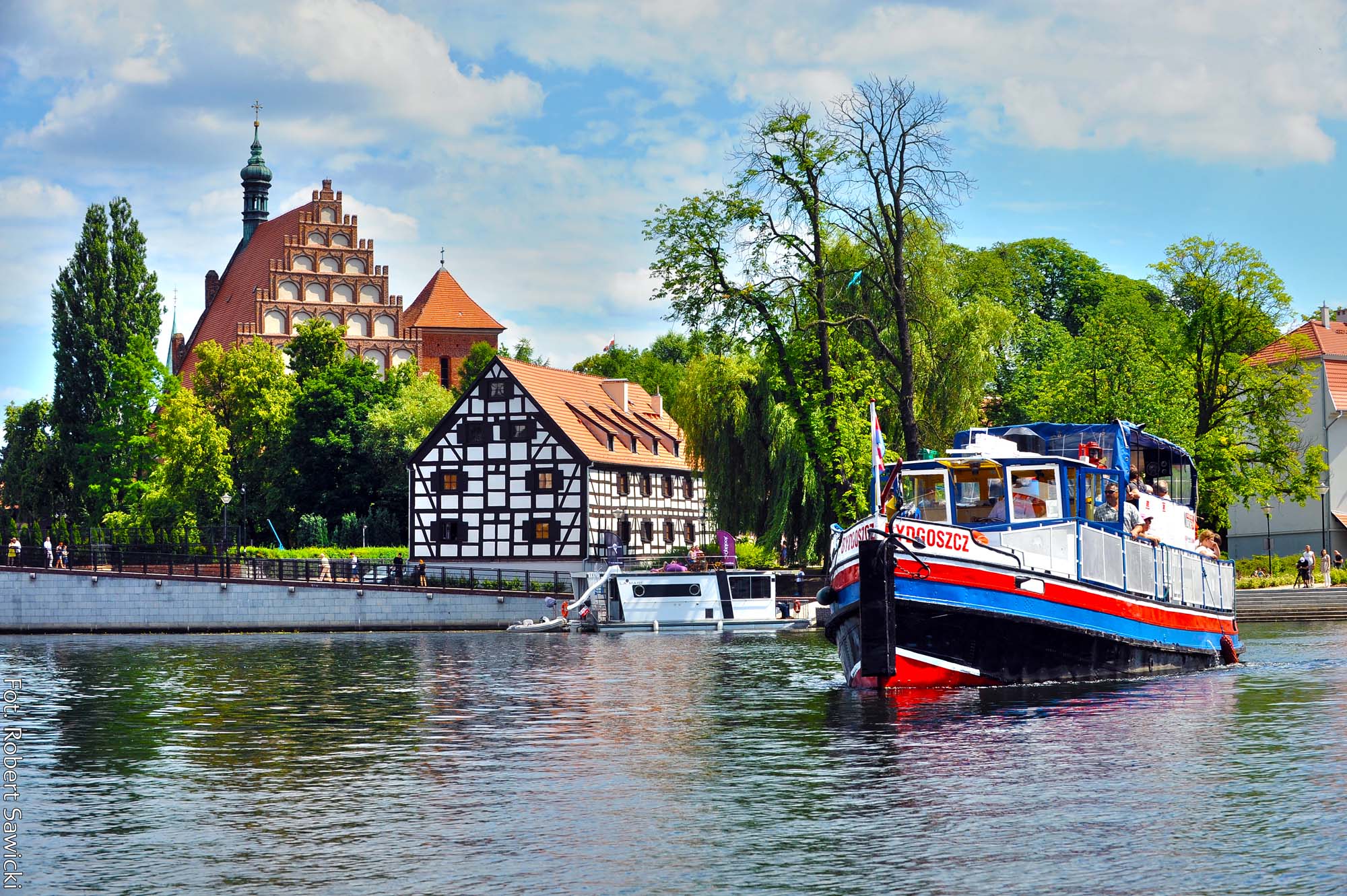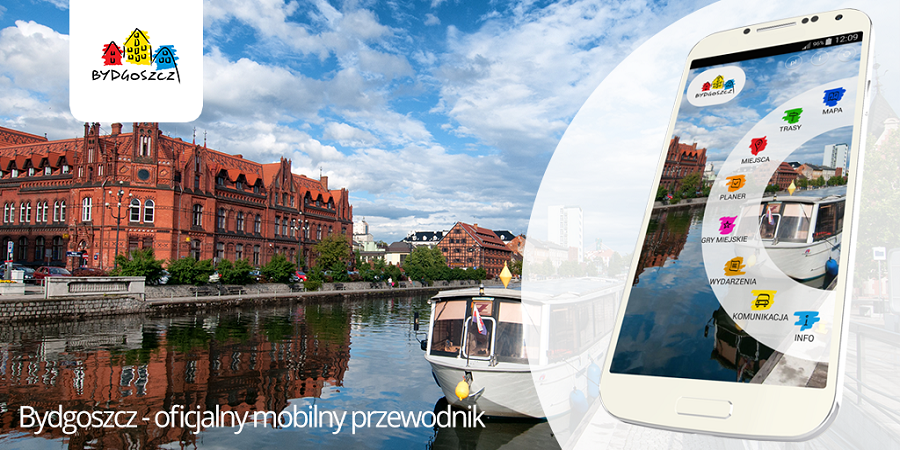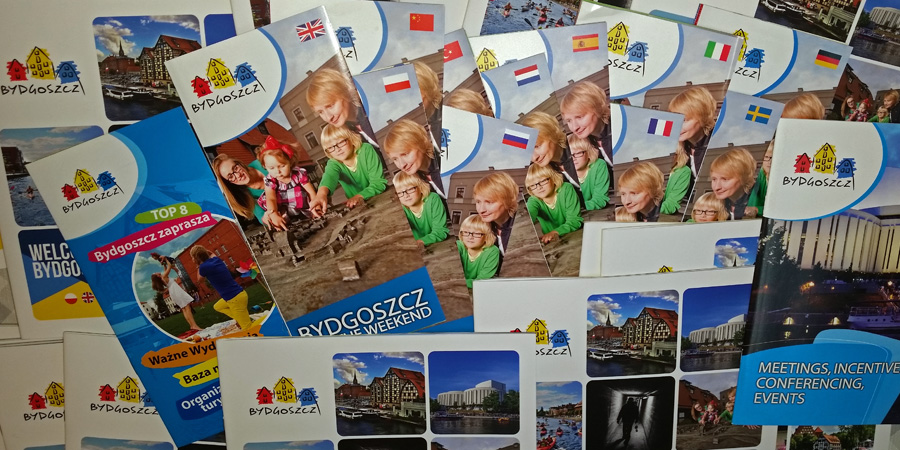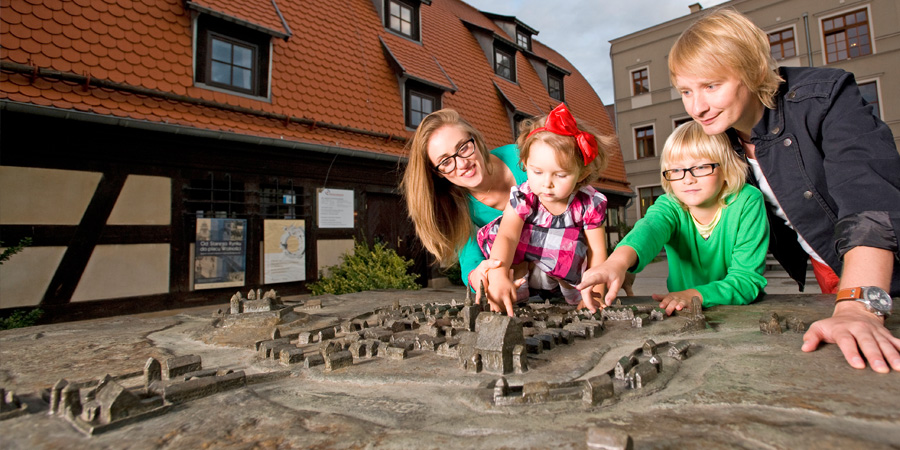
Bydgoszcz appears for the first time in historical records on June 28, 1238. The Annal of the Chapter of Gniezno features the Bydgoszcz Castellan called Sulisław. Although the name “Bydgoszcz” is not mentioned, we know that the quoted Budegac is the city on the River Brda. Bydgoszcz, as a city protecting the crossing over the river, was founded most likely in the early 11th century in the area of the present Saint Andrew Bobola Church. A settlement outside the city walls developed in the south.
Here, in the 13th century, the oldest church of the city was built, which was St. Giles’ Church (not existing anymore). At the beginning of the 14th century, the Bydgoszcz Castellany became part of the Duchy of Bydgoszcz and Wyszogród, the northernmost part of the borderland between Poland and the Teutonic State. During one of the Polish-Teutonic wars (1327-1332), the most important cities of the Duchy were burnt by the Teutonic Knights. As a result, they were annexed along with Kuyavia by the Teutonic Knights. Based on the 1343 Treaty of Kalisz, Casimir the Great regained Kuyavia along with Bydgoszcz, for which he had great plans. It was supposed to become the main city of northern Kuyavia. On the other hand, Wyszogród was never rebuilt after the damage it suffered in 1330. King Casimir III chartered Bydgoszcz as a town on April 19, 1346. The foundation charter was issued in Brześć Kujawski, granting to the township the Magdeburg law. The new settlement was supposed to develop on an uninhabited plain, located west from the existing city.
Did you know that…?
According to legend, the city was established by two brothers, Byd and Gost, who after a long journey from the south of Poland found a perfect place to establish a settlement on the River Brda, naming it Bydgost by using their combined names. The name “Bydgoszcz” can also derive from the Slav name Bydgost. The city on the River Brda was simply the city of Bydgost. Other sources claim that the name of the city comes from “bicie gości” (beating guests) or “bycie gościem” (being a guest).
Did you know that…?
Casimir the Great, King of Poland in 1333-1370, was the last monarch from the Piast dynasty and one of the most outstanding rulers in the history of Poland. The King chose Bydgoszcz as an important city protecting the country in the borderland between Poland and the Teutonic State. Casimir visited Bydgoszcz several times, including in 1345, 1347 and 1370.
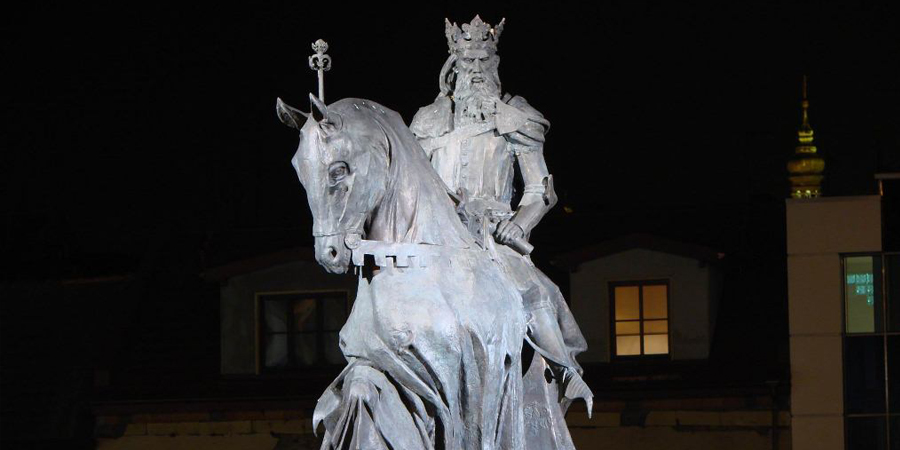
Casimir the Great wanted the city to be named Królewiec (Koenigsburg); however, the new name did not gain popularity among the locals. Bydgoszcz received a number of privileges from the king, including the right to involvement in navigable trade and the right to mint coins. At the request of the king, a brick castle was built in the area occupied by the early settlement, serving as the seat of the local castellan. In 1370, the Bydgoszcz Starosty was inherited by the grandson of Casimir, Kaźko of Słupsk. Bydgoszcz Castle became his favourite residence, where he frequently stayed. He also died here in 1377. Consecutive centuries, in particular the 15th and 16th, marked fast growth of the city. In that time, Bydgoszcz became one of the biggest cities of Poland. In 1397, thanks to the efforts of Queen Hedwig, the Carmelites arrived to the city, opening their monastery in it. After Gdańsk and Kraków, it was the third monastery of this order in Poland. Bydgoszcz played a significant role in the Great War with the Teutonic Order (1409- 1411). One of its heroes was Bydgoszcz starost, Janusz Brzozogłowy, a knight of King Ladislaus Jagiello. During the Thirteen Years’ War with the Teutonic Order, King Casimir IV Jagiellon frequently stayed in Bydgoszcz. Brick city walls were built, enclosing Bydgoszcz from the south, and a Gothic parish (Fara) church sitting in the corner of the Market Square, close to the River Brda. The city grew at a fast pace thanks to river trade. The main goods exported from the city were pottery and Bydgoszcz beer. In 1480, the Bernardine Order arrived to the city, playing a very important role in its history. In the immediate proximity of the monastery buildings, the Bernardines erected a Gothic church (today, the site is occupied by the Garrison Church of Our Lady, Queen of Peace).
Did you know that…?
Casimir IV (1351-1377) known also as Kaźko of Słupsk, Duke of Dobrzyń and Słupsk, was the son of Boguslaus IV and Elisabeth, the daughter of Casimir the Great. Adopted by the king, he was most likely prepared to be his successor. These plans, however, failed.
They also established a sizeable library, some collections of which have survived to this day. In that time, the office of Bydgoszcz starost had been held by members of a very affluent and influential local family, the Kościeleckis (they resided in the Bydgoszcz castle for nearly 150 years). In 1594, King Sigismund III Vasa’s favourite, Stanisław Cikowski opened a private mint on Mill Island, which in the early 17th century was turned into a royal mint. In 1621, in order to commemorate Poland’s victory over the Turks in Chocim, one of the most valuable and biggest coins in the history of Europe was minted – 100 ducats of Sigismund III Vasa. In that time, Bydgoszcz had a population of about 5,000 and was one of the biggest cities of Poland. Poles dominated in the social structure of the city, which also featured big groups of the Germans and Scotsmen. The melting pot of Bydgoszcz was supplemented by the Jews (although formally they had been banned from settling in the city based on the 1555 royal charter, thus they lived in nearby Fordon, appearing in Bydgoszcz primarily during fairs) and single Italian families (someone called Stefan Parkuzi served several times as the mayor of the city). The biggest disaster in the history of the city took place in the mid-17th century, during the Second Northern War. Bydgoszcz, just like countless Polish cities and towns, was destroyed during the invasion of Poland by Sweden, known as the Swedish Deluge (1655-1660). Fierce battles had been fought for the city, which had changed hands many times, leading to tremendous losses.
Did you know that…?
Bartholomew of Bydgoszcz (ca. 1480-1548), tied with the Bernardine monastery, was one of the most outstanding Bydgoszcz scholars of the Old-Polish period. He wrote the first Latin-Polish dictionary (1532).
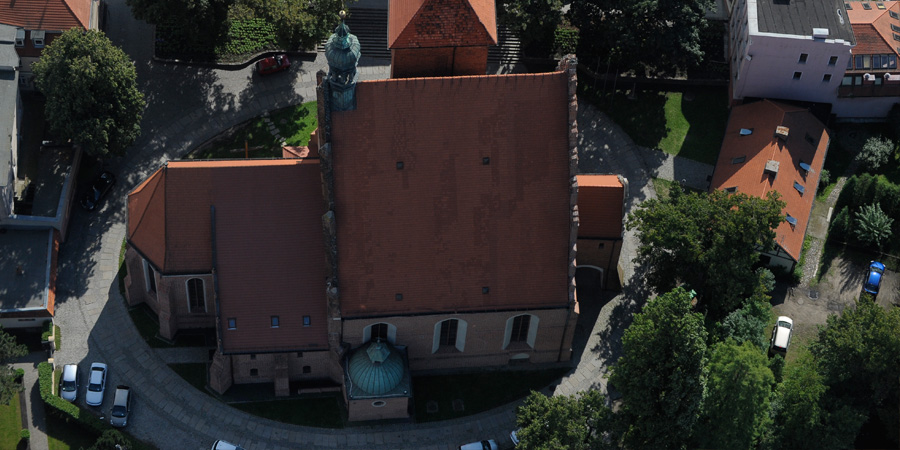
The city lost some of its oldest historic sites, most importantly the castle built at the request of Casimir the Great and the medieval city walls. The Swedes left a mark in the name of one of the biggest residential districts of the city, Szwederowo, where the Swedish camp was headquartered. During the war with Sweden, King John Casimir and Frederick William, Elector of Brandenburg and Duke of Prussia signed the famous Treaty of Bromberg in the Bydgoszcz Old Market Square, on the stairs of the Jesuit Church. This treaty allowed Poland to break the dangerous anti-Polish alliance, but unfortunately became also the foundation for the future Kingdom of Prussia, one of the three invaders that annexed Poland in the 18th century. Plagues brought to the city by armies, fires, and finally the Third Northern War (1700-1721) completed the destruction. War damages along with the dramatic drop in population led to decline of Bydgoszcz, which ceased to exist as a major business centre for several dozen years. In 1772, as a result of the first partition of Poland, Bydgoszcz was annexed by Prussia, within the newly established province of West Prussia.
In June 1772, Frederick the Great, the ruler of Prussia, stayed in Bydgoszcz. His decision to build a canal connecting the rivers Odra and Vistula determined an important role of the city in his kingdom. When Bydgoszcz was taken over by Prussia, the city had a population of about 800. The invader invested significant funds in the city, which led to its fast growth and population increase. Bydgoszcz (which at that time was known under its German name Bromberg) was appointed as the seat of the authorities of the Netze District, becoming an important administrative centre. In a very short period, in 1773-1774, at the request of Frederick II, the Bydgoszcz Canal was excavated. This outstanding engineering achievement brought to the city a long period of stable growth and prosperity. Bydgoszcz once again became a major trade centre. In the beginning of the 19th century, it had a population of several thousand. During the 1794 Kościuszko Uprising, General Jan Henryk Dąbrowski took back Bydgoszcz from the invader. For two weeks, after the fall of the uprising, the city was in the Polish hands. In 1806, after the Battles of Jena - Auerstedt, the land annexed previously by Prussia was taken over by Napoleon Bonaparte. Bydgoszcz, as a capital of department, became part of the Duchy of Warsaw established by the French Emperor.
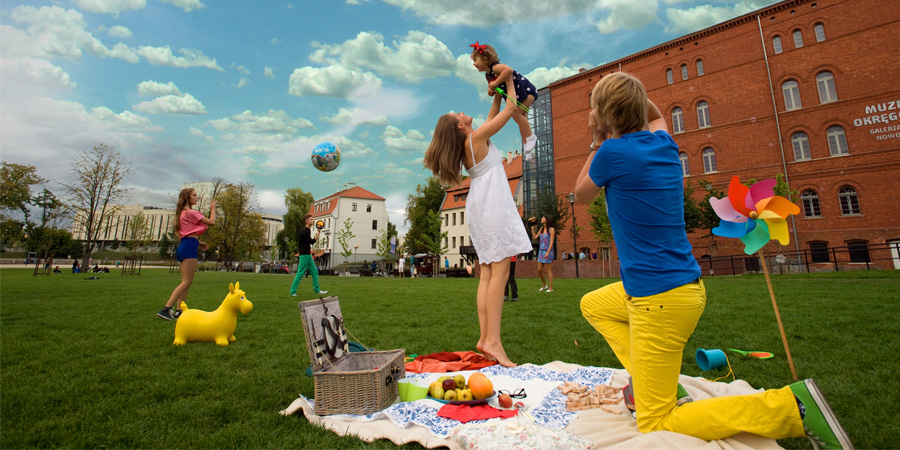
Did you know that…?
Józef Wybicki (1747-1822) was a co-worker and friend of General Jan Henryk Dąbrowski (1755-1818) for many years. He wrote our national anthem, Dąbrowski’s Mazurek. Wybicki served his internship as court official in Bydgoszcz. He also participated in the fights for the city during the 1794 Kościuszko Uprising.
It led to further economic growth of the city, in which there were tanneries, dye-works, breweries, and a number of mills. After the fall of Napoleon, Bydgoszcz returned under the Prussian rule.
In 1851, the city was connected by railway with Berlin. The solemn opening of the railway line was attended by Frederick William IV, King of Prussia. Bydgoszcz became the seat of the world’s first railway authority involved in expansion and supervision over railway lines in the eastern provinces of Prussia. Construction of the railway station contributed to development of the city in the north-western direction. The Bydgoszcz city centre with big-city buildings was developed in a very short time. The second half of the 19th century and the early 20th century marked a period of very fast growth of the city, which population was reaching 100,000 in the beginning of the 20th century. Electrification had progressed at a fast pace. As early as 1896, electric trams entered the streets of Bydgoszcz (horse-drawn tramways operated since 1888). In that time, many stately public buildings were constructed, led by the edifices of the Municipal Theatre and the East Railway Authority. The buildings for Bydgoszcz, known as the Little Berlin (“Klein Berlin”) in that period, were designed by local and German architects. Shortly after the outbreak of the First World War, the design of the city expansion was prepared by the well-known urban planner Hermann Stübben. Industry had been growing at a very fast pace, along with dozens of small and medium production plants. The Prussian rule in the city was brought to an end by the First World War. On January 20, 1920, based on the decisions of the Treaty of Versailles, Bydgoszcz returned to Poland. Re- Polonization had progressed so quickly that during the interwar period Bydgoszcz along with Poznań had become one of the most Polish cities. Urban development, business and culture were booming in the city. Bydgoszcz, the second largest city of Poznań Province, became the biggest economic centre of Pomerania. In 1923, the Friends of Bydgoszcz Association was founded, one of the oldest associations of this type in Poland. On January 4, 1937, the Polish Radio started broadcasting in Bydgoszcz. In 1938, based on a new administrative reform, Bydgoszcz became part of Pomeranian Province. The Second World War left its bloody mark on the history of the city. During the first days of the war, German sabotage took place in Bydgoszcz, an event which the Third Reich propaganda described as the “Bloody Sunday in Bydgoszcz”. The troops of the “Pomerania” Army withdrawing from the city were unexpectedly attacked by German saboteurs. This act of sabotage was quickly suppressed and those responsible for it were punished on September 5, 1939. The city was taken over by the German army, beginning the period of occupation. The Nazis were performing mass executions of Bydgoszcz residents, in the main Market Square of the city, nearby woods and first of all in the Fordon “Death Valley”. The events of the mentioned “Bloody Sunday in Bydgoszcz” became a justification for the executions. The Nazis destroyed some historical buildings in the Old Town, primarily the eastern frontage of Mostowa Street and the western frontage of the Market Square, widening the narrow streets of the Old Town and preparing a site for a new, monumental building of the City Hall and a parade square. In the same time, in the eastern part of the city, construction works started on a huge factory of nitro-glycerine known as “DAG Fabrik Bromberg”, which employed hundreds of forced labour. Bydgoszcz residents have their share in defeating the German Army. Marian Rejewski, a native of Bydgoszcz, contributed greatly to breaking of the “Enigma” code, whereas information acquired by Augustyn and Roman Träger led to bombing of the German Army Research Centre in Peenemünde, which worked on development of the V1 and V2 rockets. In January 1945, Bydgoszcz was liberated from German occupation by the Soviet Army and the First Polish Army. Since March 1945, Bydgoszcz served first as the capital of Pomeranian Province and later of Bydgoszcz Province. The postwar years marked further fast growth of the city. New neighbourhoods were developed, including Kapuściska, Błonie, Wyżyny, and the biggest district of the city, New Fordon. Development of the latter one included incorporation of the town of Fordon to Bydgoszcz in 1973.
Did you know that…?
Marian Rejewski (1905-1980) was a mathematician and cryptologist born in Bydgoszcz. In 1932, along with Henryk Zygalski and Jerzy Różycki, he broke the code of “Enigma”, a German enciphering machine used by Nazi Germany. The breaking of the “Enigma” code had undoubtedly contributed to the final victory of the Allies over Hitler, shortening the war by several years. Rejewski had lived and worked in Bydgoszcz for many years. He is commemorated by a monument in Gdańska Street, a bench, on which he sits with notes in his hands and “Enigma” nearby.
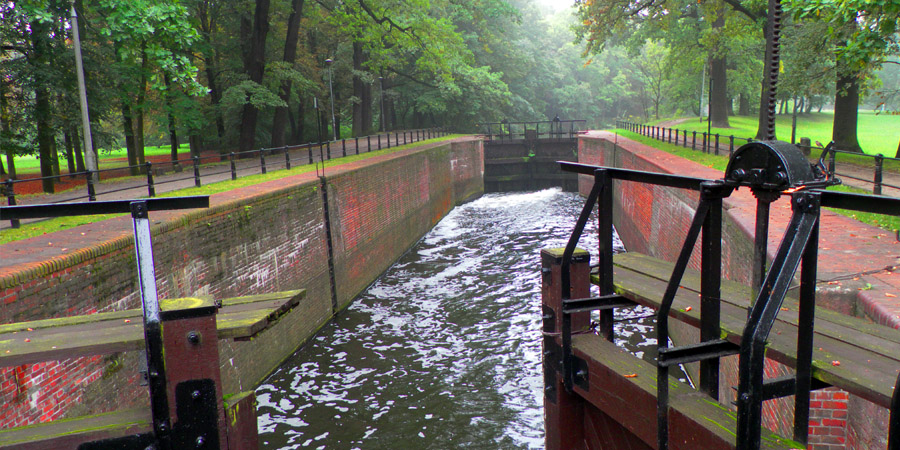
Industry had been booming, in particular chemical production, food processing, and electrical engineering. The municipal authorities had significantly expanded the existing industrial plants. Such factories as Eltra, Jutrzenka, Zachem, Kobra, Kabel, and Romet became the pride of the city. In the 1970’s, the Myślęcinek Forest Park of Culture and Recreation was developed north of the city centre. This vast municipal park is called the lungs of Bydgoszcz. Music plays an important role in Bydgoszcz. Thanks to the efforts of, among others, Andrzej Szwalbe, the State Pomeranian Philharmonic and the Opera Theatre started to operate in the 1950’s.
In a short period, both institutions won recognition and a group of devoted fans in the country and abroad. They received new seats, which are listed among the most recognized landmarks of the city.
On March 16, 1981, the national farmers’ strike was organized by the “Rural Solidarity” in Bydgoszcz. During the “Bydgoszcz March Events”, the invited members of the Bydgoszcz “Solidarity” led by Jan Rulewski were severely beaten at a session of the Voivodeship National Council. In 1999, Bydgoszcz became a co-capital (along with Toruń) of a newly established province called Kujawsko-Pomorskie Voivodeship. In 2004, the Diocese of Bydgoszcz was established by the decision of Pope John Paul II. In this way, the oldest place of worship in Bydgoszcz, late-Gothic Fara Church, was raised to the rank of cathedral. A year later, the first Bydgoszcz university - Kazimierz Wielki University - was opened based on the existing Bydgoszcz Academy.
Did you know that…?
Andrzej Szwalbe (1923-2002), who managed the Pomeranian Philharmonic for many years Honorary Citizen of Bydgoszcz since 1993, was undoubtedly the moving power of cultural life in Bydgoszcz after the Second World War. Thanks to his involvement and remarkable energy, the new buildings of the Opera, Philharmonic, Gallery bwa were built, and the Feliks Nowowiejski Academy of Music was founded. He created a music district, in which his monument can be seen these days.
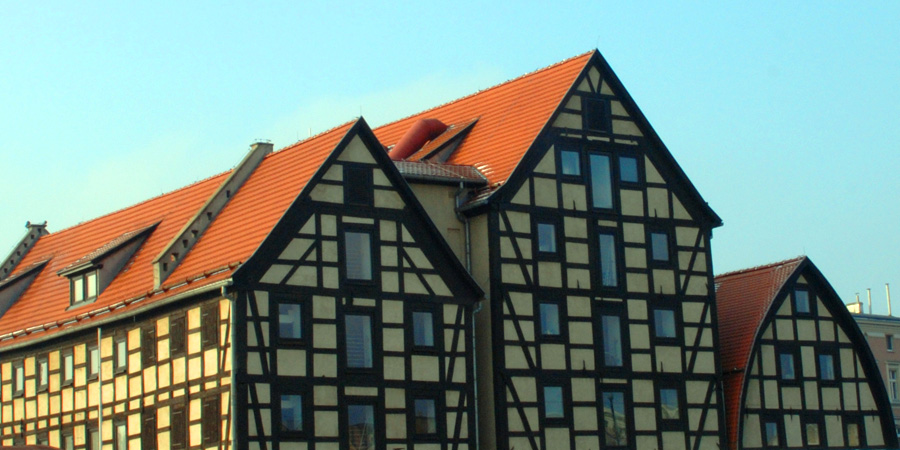
In November 2006, the second university was established in Bydgoszcz, which was founded as a result of restructuring of the Academy of Technology and Agriculture to the Jan and Jędrzej Śniadecki University of Technology and Life Sciences. These days, Bydgoszcz is a major industrial (Bydgoszcz Industrial and Technological Park, PESA, Unilever, and Atos) and cultural centre (Pomeranian Philharmonic, Opera Nova, Polish Theatre, District Museum, Municipal Gallery bwa). The city is also bustling with exciting sporting events (volleyball, athletics, football, speedway, basketball, and rowing), thanks to modern infrastructure (including the “Łuczniczka” Sports & Entertainment Hall, Zawisza Stadium, marina, and boat race course). Bydgoszcz is also a major college city, featuring two universities, Academy of Music, Collegium Medicum of the Nicolaus Copernicus University, and several large private higher education schools, which are attended by a total of 40,000 students. The city boasts commendable military traditions, which are now continued by the Inspectorate for Armed Forces Support and the NATO training centre – Joint Force Training Centre. In addition, Bydgoszcz is one of Poland’s leaders in revitalization and restoration of riverside areas, bringing them back to the city. The Bydgoszcz Water Junction, part of the international waterway E70, and Mill Island are the pride of the city and its landmarks. Many historic sites and symbols of Bydgoszcz have been developed on the water over centuries. On May 1, 2004, the city celebrated Poland’s accession to the European Union. On that occasion, the “Man Crossing the River” Sculpture was unveiled, which quickly became the new symbol of Bydgoszcz. The honorary consulates for Germany, Belgium, Czech Republic, Croatia and Hungary were opened in the city as well.
Did you know that….?
Bydgoszcz residents also contributed to overthrow of the communist regime of the Polish People’s Republic. In 1956, during a protest against the ban on free speech, the radio station on the Dąbrowski Hill, jamming foreign programs broadcasted for Poland, was destroyed.
In recent years, the city has been consistently turning its focus on the water. The revitalized Mill Island along with a modern marina became the new landmarks of the city. In addition, thanks to such investment projects as reconstruction of boulevards on the River Brda and revitalization of the park on the Old Bydgoszcz Canal, Bydgoszcz residents and visitors can enjoy additional recreation sites on the river. Other major investments in tourist infrastructure include restoration and opening to the public the old German nitroglycerine factory “DAG Fabrik Bromberg” as Exploseum, establishing of the Museum of Waterworks in the historical Water Tower and Gdańsk Forest, making the Bydgoszcz tourist offer very diverse. The statue Archer Lady Nova (near the Opera Nova), unveiled in 2013, has already become a symbol of changes taking place in Bydgoszcz.
